Home>Furniture & Design>Outdoor Furniture>How To Build An Outdoor Bathroom
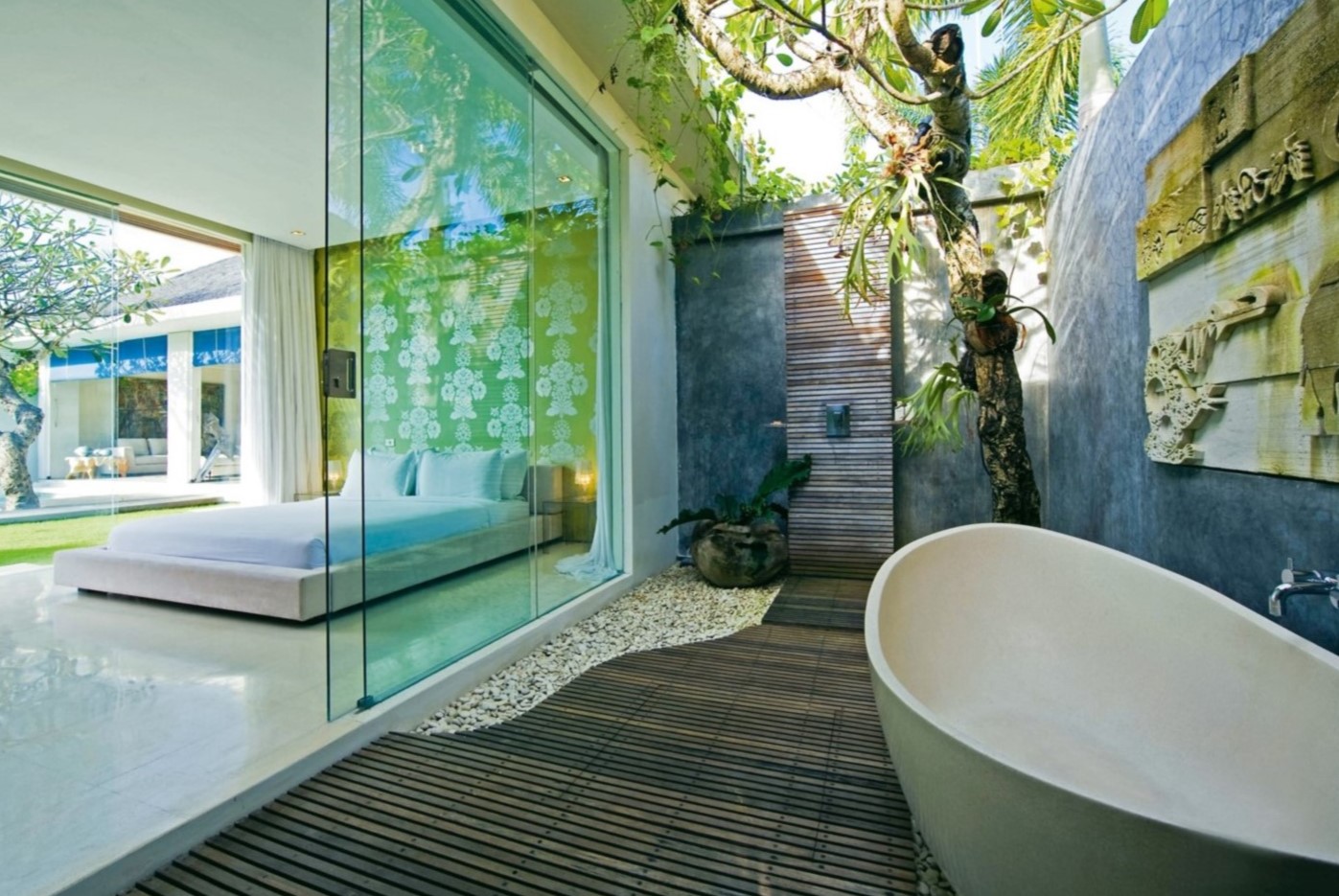

Outdoor Furniture
How To Build An Outdoor Bathroom
Modified: February 17, 2024
Discover how to create a stunning outdoor bathroom with our expert tips on outdoor furniture, design, and layout. Transform your space with our comprehensive guide.
(Many of the links in this article redirect to a specific reviewed product. Your purchase of these products through affiliate links helps to generate commission for Storables.com, at no extra cost. Learn more)
Introduction
Creating an outdoor bathroom is a fantastic way to bring luxury and convenience to your outdoor living space. Whether you want to enhance your poolside area, build a private retreat in your garden, or simply add a unique feature to your backyard, an outdoor bathroom can elevate your outdoor experience to a whole new level. Imagine enjoying a refreshing shower under the open sky, surrounded by lush greenery, or unwinding in a beautifully designed space that seamlessly blends with nature. In this article, we will explore the essential steps and considerations for building an outdoor bathroom that is both functional and aesthetically pleasing.
From careful planning and selecting the right location to choosing suitable materials, handling plumbing and drainage, and adding the finishing touches, every aspect of creating an outdoor bathroom requires thoughtful attention. By understanding the key components involved in this project, you can embark on this exciting endeavor with confidence, knowing that you are well-equipped to bring your vision to life. Whether you are a homeowner looking to enhance your property or a design professional seeking inspiration, this guide will provide valuable insights and practical tips for creating an outdoor bathroom that meets your specific needs and reflects your personal style.
As we delve into the process of building an outdoor bathroom, we will explore the importance of waterproofing, sealing, and maintenance to ensure the longevity and functionality of the space. Additionally, we will discuss how thoughtful design choices and strategic placement can maximize privacy and create a harmonious connection between your indoor and outdoor living areas. By the end of this article, you will have a comprehensive understanding of the steps involved in bringing your outdoor bathroom vision to fruition, as well as the knowledge to maintain and care for this unique addition to your outdoor oasis. Let's embark on this journey of creativity, functionality, and relaxation as we explore the art of building an outdoor bathroom.
Key Takeaways:
- Planning and Design
Before building an outdoor bathroom, carefully plan the layout and design to match your outdoor space’s style and purpose. Consider privacy, natural light, and local building codes for a successful project. - Maintenance and Upkeep
Regular maintenance is crucial for preserving the functionality and beauty of your outdoor bathroom. Inspect and clean surfaces, fixtures, and drainage systems to ensure enduring enjoyment of your outdoor oasis.
Read more: How To Build Vanity Table
Planning and Design
Before embarking on the construction of an outdoor bathroom, meticulous planning and thoughtful design are essential to ensure that the space meets your practical needs and aesthetic preferences. Begin by envisioning how you intend to use the outdoor bathroom. Will it primarily serve as a convenient spot for rinsing off after a swim, or do you envision a more comprehensive space for bathing and grooming? Understanding the intended purpose of the outdoor bathroom will guide the design and layout decisions.
Consider the overall style and theme of your outdoor space. Whether your outdoor area features a modern, minimalist design or a rustic, natural ambiance, the outdoor bathroom should harmonize with the existing aesthetic. This cohesiveness can be achieved through the use of complementary materials, colors, and design elements. Additionally, take into account the level of privacy you desire. Strategic placement, natural barriers, and thoughtful landscaping can create a secluded and tranquil atmosphere for the outdoor bathroom.
When planning the layout, think about the flow of the space and the placement of key elements such as the shower, vanity, and toilet if applicable. Maximizing natural light and ventilation can enhance the overall experience, creating a bright and airy atmosphere. If space allows, consider incorporating a dedicated changing area or a storage solution for towels and toiletries to optimize functionality.
Furthermore, it is crucial to assess the local building codes and regulations that may impact the design and construction of the outdoor bathroom. Consulting with a professional designer or architect can provide valuable insights and ensure compliance with relevant requirements.
By carefully considering these aspects during the planning and design phase, you can lay a solid foundation for the successful creation of an outdoor bathroom that seamlessly integrates with your outdoor living space while meeting your specific needs and design preferences.
Choosing the Right Location
When selecting the location for your outdoor bathroom, thoughtful consideration of several factors is crucial to ensure both functionality and aesthetic appeal. The chosen spot should offer convenience, privacy, and seamless integration with the surrounding environment. Start by assessing the natural elements of your outdoor space, such as sunlight exposure, prevailing winds, and existing landscaping features.
Optimal sunlight exposure can contribute to a comfortable and inviting atmosphere within the outdoor bathroom. Consider positioning the space to take advantage of natural light while also providing adequate shade during peak hours. This balance can be achieved through strategic placement and the use of pergolas, awnings, or vegetation to create a harmonious blend of light and shade.
Privacy is another key consideration when choosing the location. Whether nestled within a secluded corner of the garden or strategically positioned to benefit from existing structures or landscaping, ensuring a sense of privacy is essential for a tranquil and relaxing experience. Natural barriers such as hedges, trellises, or decorative screens can enhance privacy without compromising the open-air ambiance.
Furthermore, proximity to existing utility connections, such as water and electricity, should be taken into account to streamline the installation process and minimize additional construction costs. If the outdoor bathroom is located near a pool or spa, integrating it into the poolside area can enhance the overall functionality and convenience of the space.
Consider the visual and functional relationship between the outdoor bathroom and the rest of the outdoor living area. Seamless integration with the landscape and existing structures can create a cohesive and harmonious environment. Whether nestled among lush foliage, adjacent to a patio, or overlooking a scenic vista, the chosen location should enhance the overall appeal of the outdoor space.
By carefully evaluating these factors and selecting a location that aligns with your practical needs and design vision, you can set the stage for a captivating and functional outdoor bathroom that enriches your outdoor living experience.
Materials and Construction
Choosing the right materials for the construction of your outdoor bathroom is essential for ensuring durability, aesthetic appeal, and suitability for outdoor use. From flooring and wall finishes to fixtures and structural elements, each component plays a crucial role in creating a cohesive and functional space that can withstand outdoor conditions.
When selecting materials, prioritize those that are specifically designed for outdoor applications and can withstand exposure to moisture, sunlight, and temperature variations. For flooring, options such as natural stone, porcelain tiles, or composite decking can provide a durable and visually appealing surface that is resistant to water and weathering. Consider textures and finishes that offer traction to prevent slipping, especially in wet areas such as the shower.
The choice of wall finishes should complement the overall design while offering protection against moisture and environmental factors. Waterproof and mold-resistant materials, such as ceramic tiles, natural stone veneers, or specially formulated outdoor paint, can ensure longevity and ease of maintenance. Additionally, incorporating elements of natural beauty, such as a living wall or decorative mosaic, can infuse the space with character and charm.
For the construction of structural elements, such as the framework for a privacy screen or the support for a pergola, opt for materials that are suitable for outdoor use, such as pressure-treated wood, cedar, or weather-resistant metal. These materials can withstand the elements and maintain their structural integrity over time, contributing to the longevity of the outdoor bathroom.
When it comes to fixtures and fittings, choose products specifically designed for outdoor or wet environments. Stainless steel, brass, or specially treated materials can offer durability and corrosion resistance, ensuring the longevity of faucets, showerheads, and other hardware. Additionally, consider the installation of energy-efficient lighting and water-saving fixtures to enhance sustainability and minimize environmental impact.
By carefully selecting materials that are tailored for outdoor use and employing skilled construction techniques, you can create an outdoor bathroom that not only exudes style and functionality but also stands the test of time in the face of outdoor elements.
Plumbing and Drainage
Efficient plumbing and drainage systems are crucial components of an outdoor bathroom, ensuring proper functionality and water management in an outdoor environment. From the installation of water supply lines to the design of effective drainage solutions, careful planning and execution are essential to create a reliable and sustainable infrastructure for the outdoor space.
When establishing the plumbing layout, consider the proximity to existing water sources and the feasibility of extending supply lines to the outdoor bathroom. If the outdoor space is located near the main dwelling, connecting to the existing plumbing system can streamline the installation process. Alternatively, the use of dedicated water tanks or rainwater harvesting systems can provide sustainable water sources for the outdoor bathroom, contributing to environmental conservation.
For outdoor showers, the selection of appropriate fixtures and the installation of water supply lines should prioritize durability and resistance to outdoor conditions. Stainless steel or brass fixtures, along with weather-resistant piping, can withstand exposure to the elements and maintain performance over time. Additionally, incorporating water-saving features, such as low-flow showerheads, can enhance sustainability while providing an enjoyable bathing experience.
Effective drainage is essential to prevent water accumulation and maintain a safe and hygienic outdoor bathroom environment. Installing sloped flooring and strategically positioned drains can facilitate the efficient removal of water, minimizing the risk of standing water and potential slip hazards. Consider the use of permeable materials for the flooring or the integration of a gravel or pebble base to promote natural drainage and reduce runoff.
Furthermore, the implementation of eco-friendly drainage solutions, such as rain gardens or infiltration trenches, can help manage stormwater on-site, minimizing the impact on the surrounding environment. By integrating sustainable drainage practices into the design, you can enhance the ecological performance of the outdoor bathroom while mitigating potential water-related issues.
By prioritizing efficient plumbing installation and effective drainage design, you can establish a functional and sustainable water management system for your outdoor bathroom, ensuring a seamless and enjoyable experience in an outdoor setting.
Consider using natural materials like stone and wood for your outdoor bathroom to create a rustic and relaxing atmosphere. These materials are durable and can withstand outdoor elements.
Read more: How To Build A Makeup Vanity
Waterproofing and Sealing
Waterproofing and sealing are paramount in ensuring the longevity and functionality of an outdoor bathroom, protecting the structural integrity of surfaces and fixtures from the effects of moisture and environmental exposure. By implementing effective waterproofing measures and utilizing quality sealing products, you can safeguard the outdoor bathroom against water damage and maintain its visual appeal over time.
One of the primary areas requiring thorough waterproofing is the shower enclosure. Applying waterproof membranes to the walls and floors of the shower area, along with sealing seams and joints, creates a barrier against water infiltration, preventing potential leaks and moisture-related issues. Additionally, utilizing waterproof grout and caulking in the tiling process can further enhance the water resistance of the shower space.
For outdoor vanities, countertops, and other surfaces exposed to water, selecting materials with inherent water resistance, such as natural stone or composite surfaces, can minimize the risk of water damage. Applying sealants specifically formulated for outdoor use can provide an additional layer of protection, enhancing the durability and longevity of these surfaces in outdoor conditions.
When sealing outdoor fixtures and hardware, such as faucets, showerheads, and drainage components, opt for products designed to withstand exposure to the elements. Weather-resistant sealants and corrosion-resistant coatings can help preserve the functionality and appearance of these essential elements, reducing the risk of deterioration due to outdoor conditions.
Furthermore, integrating proper ventilation, such as natural airflow or strategically positioned exhaust systems, can aid in moisture control and mitigate the potential for condensation and humidity buildup within the outdoor bathroom. Adequate ventilation contributes to the overall comfort and preservation of the space, complementing the waterproofing efforts.
Regular inspection and maintenance of waterproofing and sealing components are essential to address any signs of wear, damage, or degradation promptly. By proactively maintaining the integrity of waterproofing membranes, sealants, and surfaces, you can prolong the lifespan of the outdoor bathroom and sustain its functionality and visual appeal for years to come.
Finishing Touches
Adding the finishing touches to your outdoor bathroom is a delightful opportunity to infuse the space with personality, style, and functionality. From thoughtful decor elements to practical accessories, these final details contribute to the overall ambiance and usability of the outdoor bathroom, elevating it into a captivating and inviting retreat within your outdoor living environment.
Embrace the natural surroundings by incorporating greenery and potted plants to create a lush and rejuvenating atmosphere. Selecting plant species that thrive in outdoor conditions and complement the design aesthetic can infuse the space with vibrant colors, textures, and a sense of tranquility. Additionally, consider the use of vertical gardens or hanging planters to maximize space and add visual interest.
To enhance comfort and convenience, integrate practical elements such as towel hooks, storage solutions, and seating options tailored for outdoor use. Weather-resistant materials and thoughtful placement of these accessories can streamline the functionality of the outdoor bathroom while contributing to a welcoming and organized environment.
Lighting plays a crucial role in creating ambiance and extending the functionality of the outdoor bathroom, especially for evening use. Incorporate a combination of task lighting for specific areas such as the shower and vanity, ambient lighting to set the mood, and accent lighting to highlight architectural features or landscaping elements. Energy-efficient and weather-resistant lighting fixtures can enhance safety and visual appeal while minimizing energy consumption.
To amplify the sensory experience, consider adding elements such as a soothing water feature, wind chimes, or subtle outdoor speakers to create a multi-sensory oasis. These additions can enrich the outdoor bathroom with calming sounds and create a serene backdrop for relaxation and rejuvenation.
Personalize the space with decorative accents, such as artistic tiles, mosaic patterns, or custom murals, to infuse the outdoor bathroom with unique character and charm. These artistic touches can serve as focal points and conversation starters, adding a touch of individuality to the space.
Finally, prioritize comfort by selecting high-quality outdoor furnishings, such as weather-resistant seating, cushions, and rugs. These elements not only enhance comfort but also contribute to the visual cohesiveness of the outdoor bathroom, creating a welcoming and inviting retreat.
By thoughtfully incorporating these finishing touches, you can transform your outdoor bathroom into a captivating and functional sanctuary, where every detail contributes to a harmonious and enriching outdoor living experience.
Maintenance and Upkeep
Regular maintenance and proactive upkeep are essential practices to preserve the functionality, aesthetics, and longevity of your outdoor bathroom. By implementing a comprehensive maintenance plan and adhering to best practices, you can ensure that the space remains in optimal condition, providing enduring enjoyment and utility within your outdoor living environment.
Establish a routine inspection schedule to assess the condition of structural elements, surfaces, fixtures, and drainage systems. Check for signs of wear, damage, or deterioration, and address any issues promptly to prevent further escalation. Regular cleaning and maintenance of surfaces, such as tiles, countertops, and flooring, can help prevent the buildup of grime, mold, or mineral deposits, preserving their visual appeal and integrity.
Conduct seasonal checks on waterproofing components, such as membranes, sealants, and grout, to verify their effectiveness and address any areas requiring maintenance or reapplication. Pay particular attention to areas exposed to direct sunlight or heavy rainfall, as these elements can impact the performance of waterproofing materials over time.
Inspect and maintain the plumbing and drainage systems to ensure proper functionality and prevent potential issues such as clogs, leaks, or corrosion. Clear debris from drains, gutters, and downspouts to facilitate efficient water flow and minimize the risk of water accumulation around the outdoor bathroom.
Regularly assess the condition of outdoor fixtures, hardware, and accessories, such as faucets, showerheads, lighting fixtures, and seating, to identify any signs of wear, rust, or malfunction. Lubricate moving parts, tighten connections, and replace worn components as needed to maintain their performance and extend their lifespan.
During the colder months, implement seasonal preparations to safeguard the outdoor bathroom from potential damage due to freezing temperatures. Drain water lines, protect exposed plumbing components, and store vulnerable accessories indoors to prevent weather-related issues.
Additionally, educate yourself on the specific maintenance requirements of the materials and finishes used in the outdoor bathroom, such as natural stone, wood, or metal. Follow manufacturer guidelines for cleaning, sealing, and preservation to ensure the longevity and beauty of these elements in outdoor conditions.
By prioritizing regular maintenance and proactive upkeep, you can preserve the functionality, beauty, and structural integrity of your outdoor bathroom, ensuring that it continues to enrich your outdoor living experience for years to come.
Conclusion
Building an outdoor bathroom is a captivating journey that combines creativity, practicality, and a deep connection to nature. From the initial planning and design phase to the selection of materials, construction, and the addition of thoughtful finishing touches, every step contributes to the creation of a unique and inviting space within your outdoor living environment.
By carefully considering factors such as location, privacy, and integration with the natural surroundings, you can craft an outdoor bathroom that harmonizes with the existing landscape while providing a serene and functional retreat. Thoughtful material selection, effective waterproofing, and sustainable water management systems are integral to ensuring the durability and longevity of the space in outdoor conditions.
As you infuse the outdoor bathroom with finishing touches that reflect your personal style and enhance comfort and functionality, you transform it into a captivating sanctuary that invites relaxation, rejuvenation, and a deep connection to the outdoors. The careful maintenance and proactive upkeep of the outdoor bathroom are essential practices that safeguard its integrity and ensure enduring enjoyment for years to come.
Whether you envision a tranquil shower oasis nestled amidst lush foliage, a sophisticated bathing retreat adjacent to a pool, or a rejuvenating spa-like space in your garden, the creation of an outdoor bathroom offers endless opportunities for personalization and enrichment of your outdoor living experience.
As you embark on the journey of building an outdoor bathroom, let your creativity and vision guide you, and embrace the opportunity to craft a space that seamlessly integrates with nature, elevates your outdoor lifestyle, and provides a haven for relaxation and rejuvenation. With careful planning, thoughtful design, and ongoing care, your outdoor bathroom will stand as a testament to the art of blending luxury, functionality, and natural beauty in your outdoor oasis.
Frequently Asked Questions about How To Build An Outdoor Bathroom
Was this page helpful?
At Storables.com, we guarantee accurate and reliable information. Our content, validated by Expert Board Contributors, is crafted following stringent Editorial Policies. We're committed to providing you with well-researched, expert-backed insights for all your informational needs.
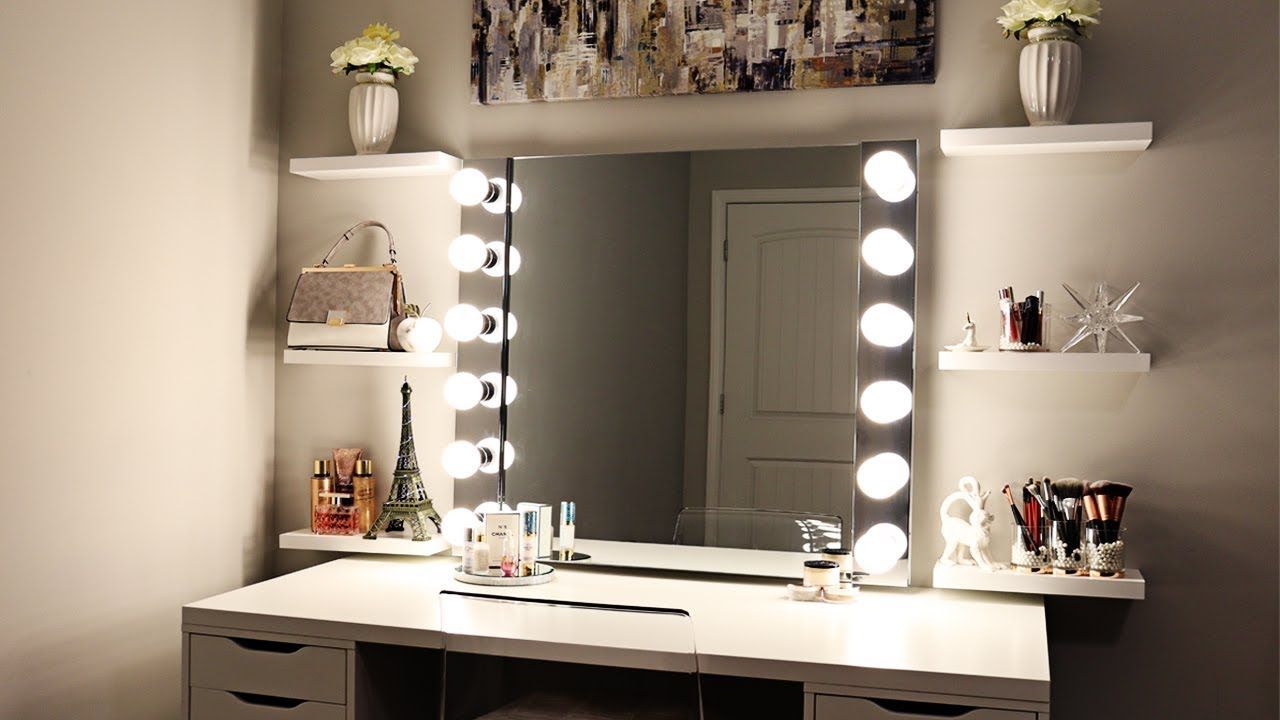

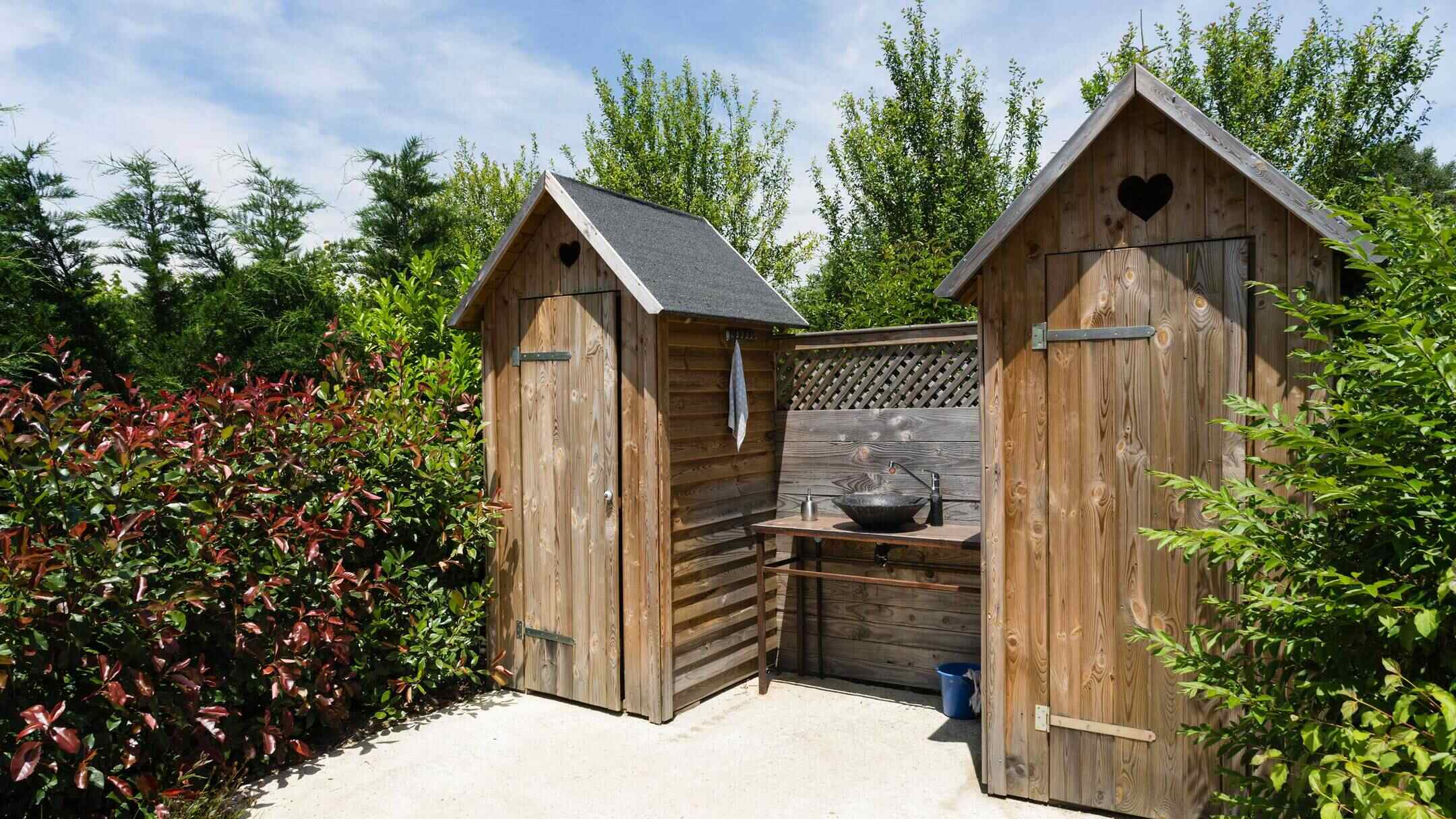
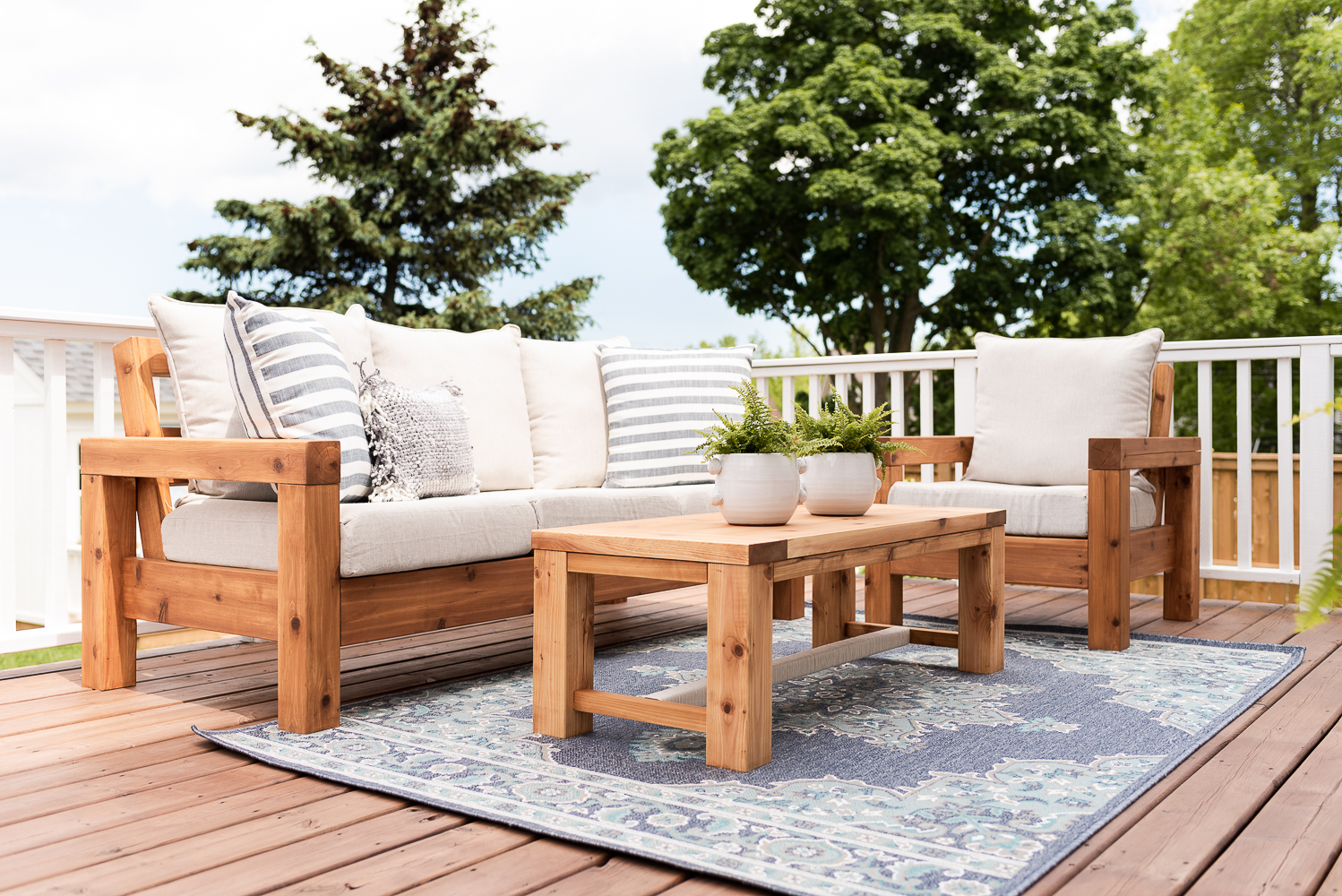

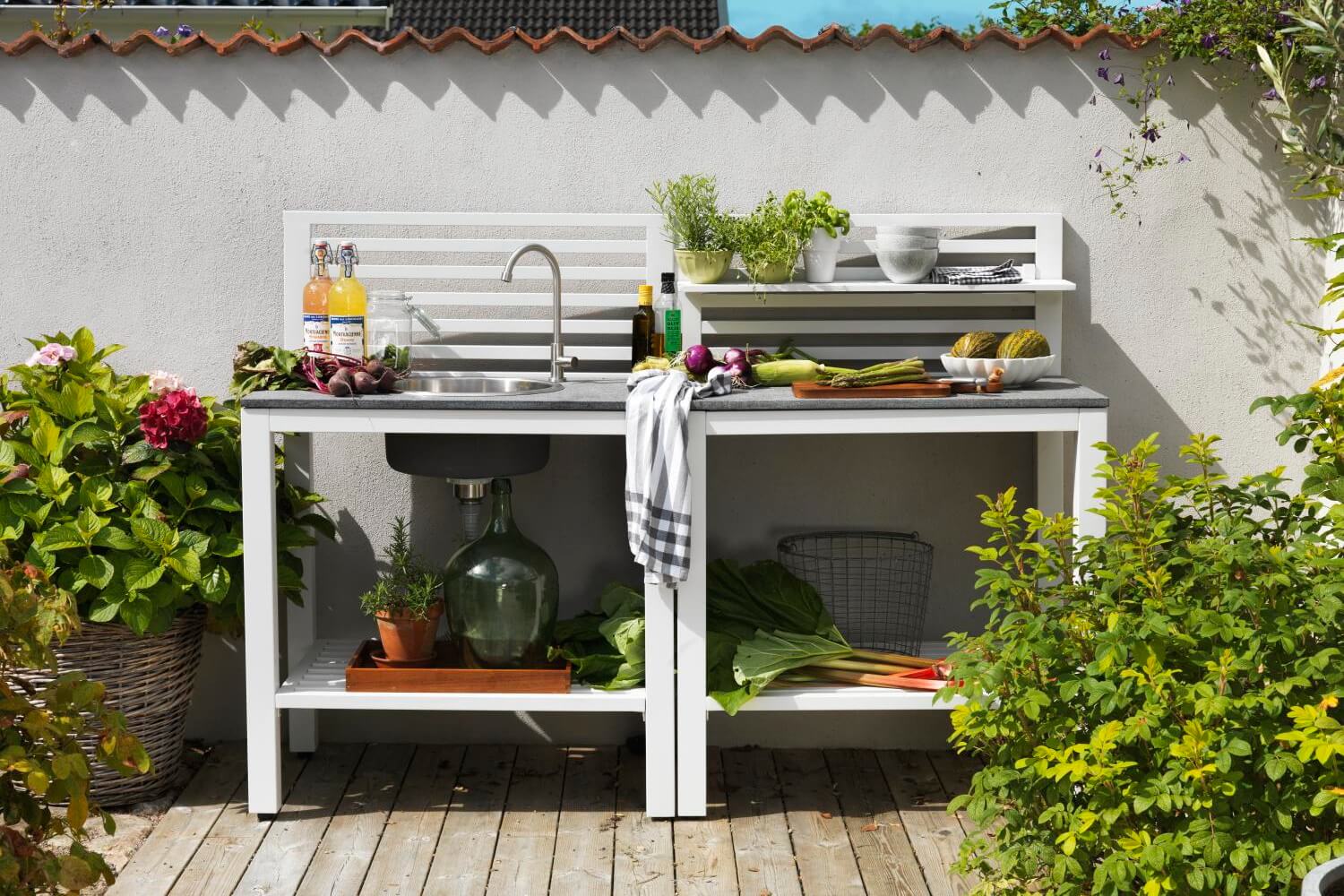
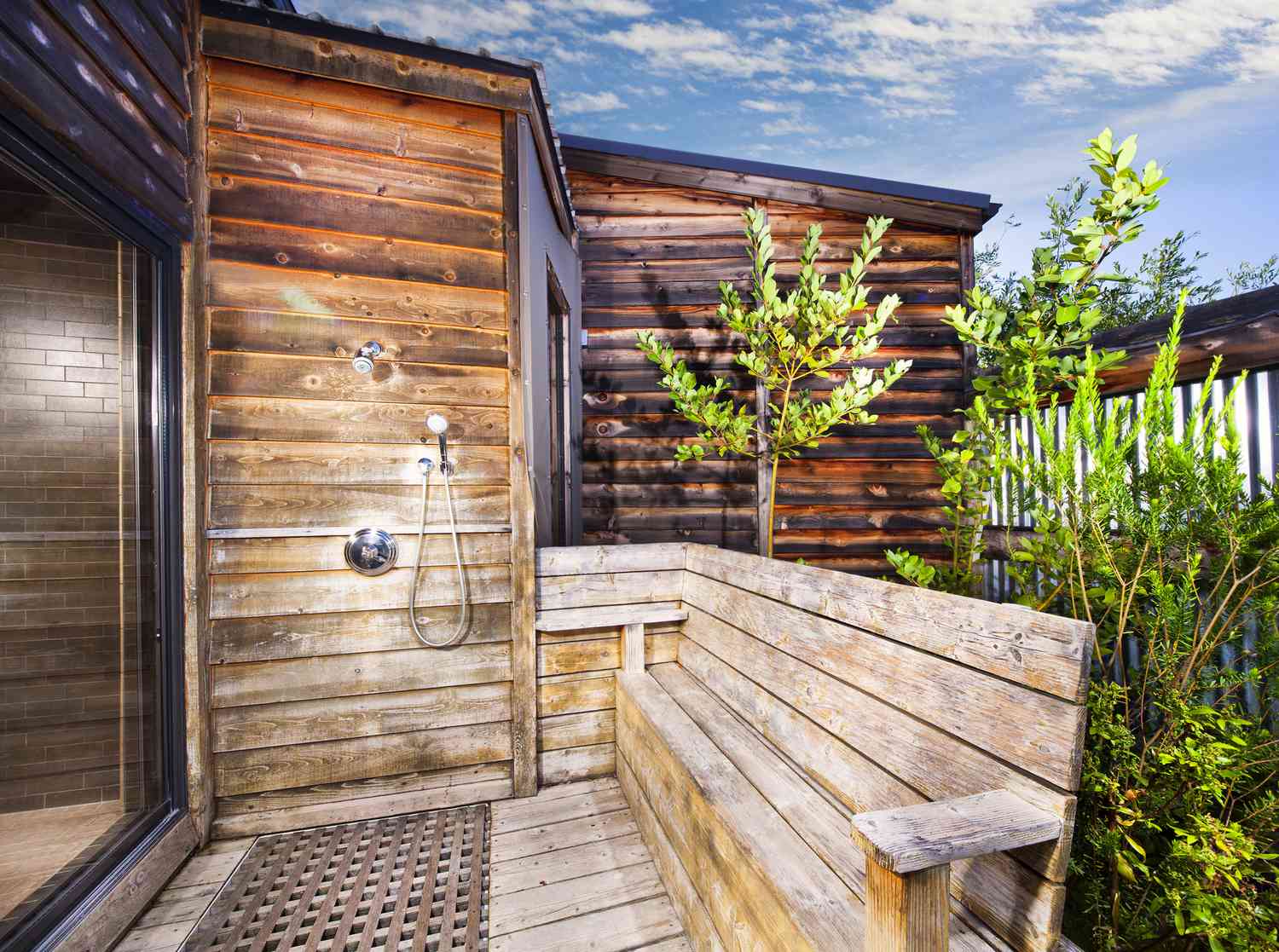
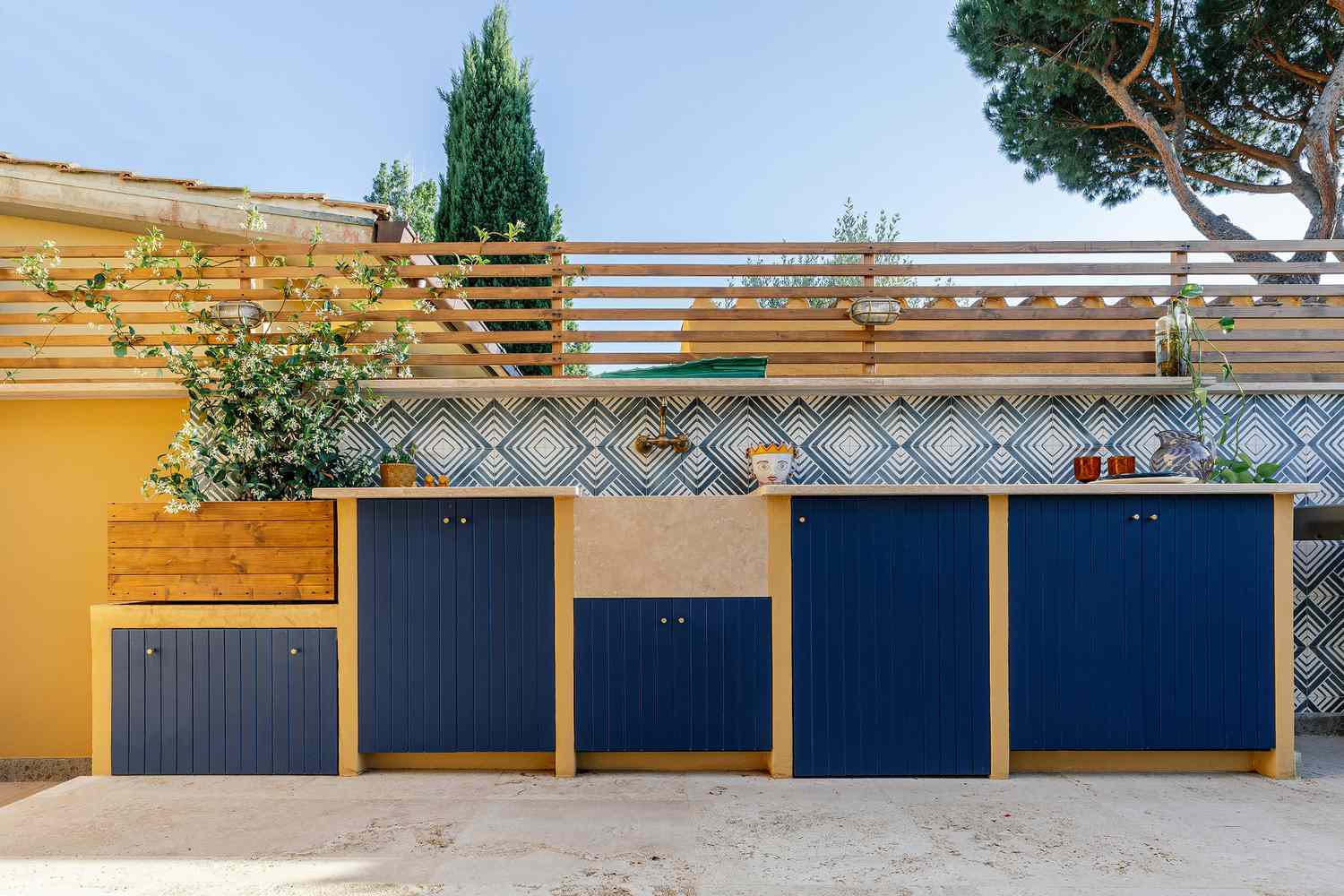

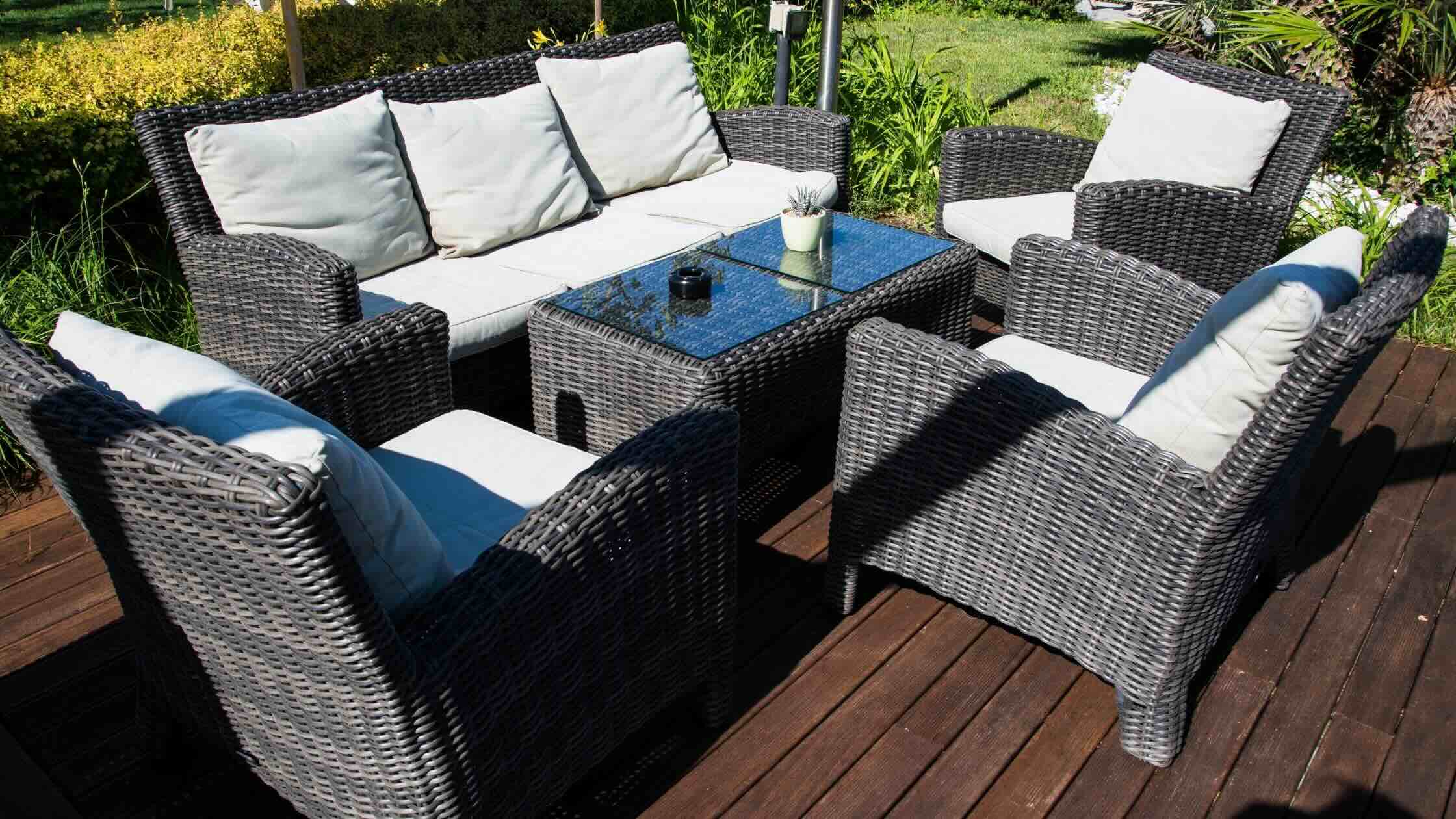
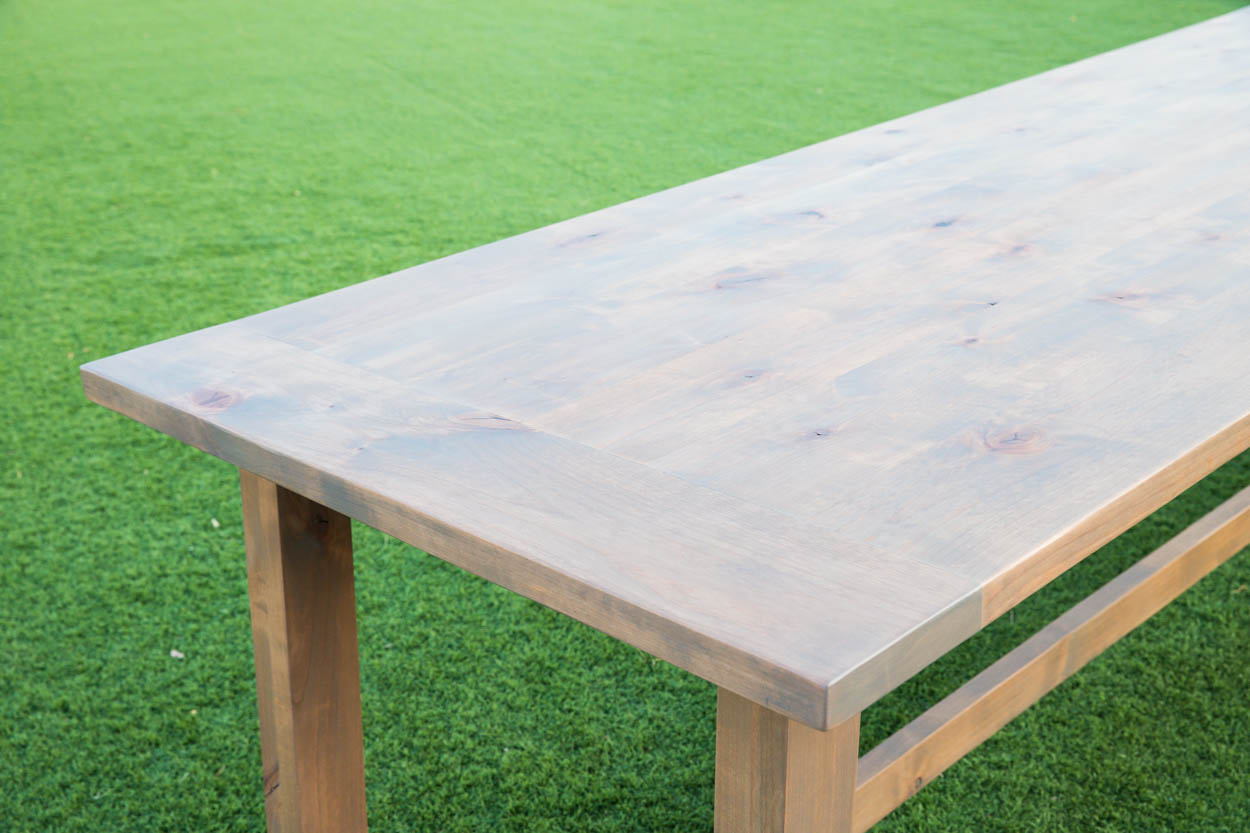
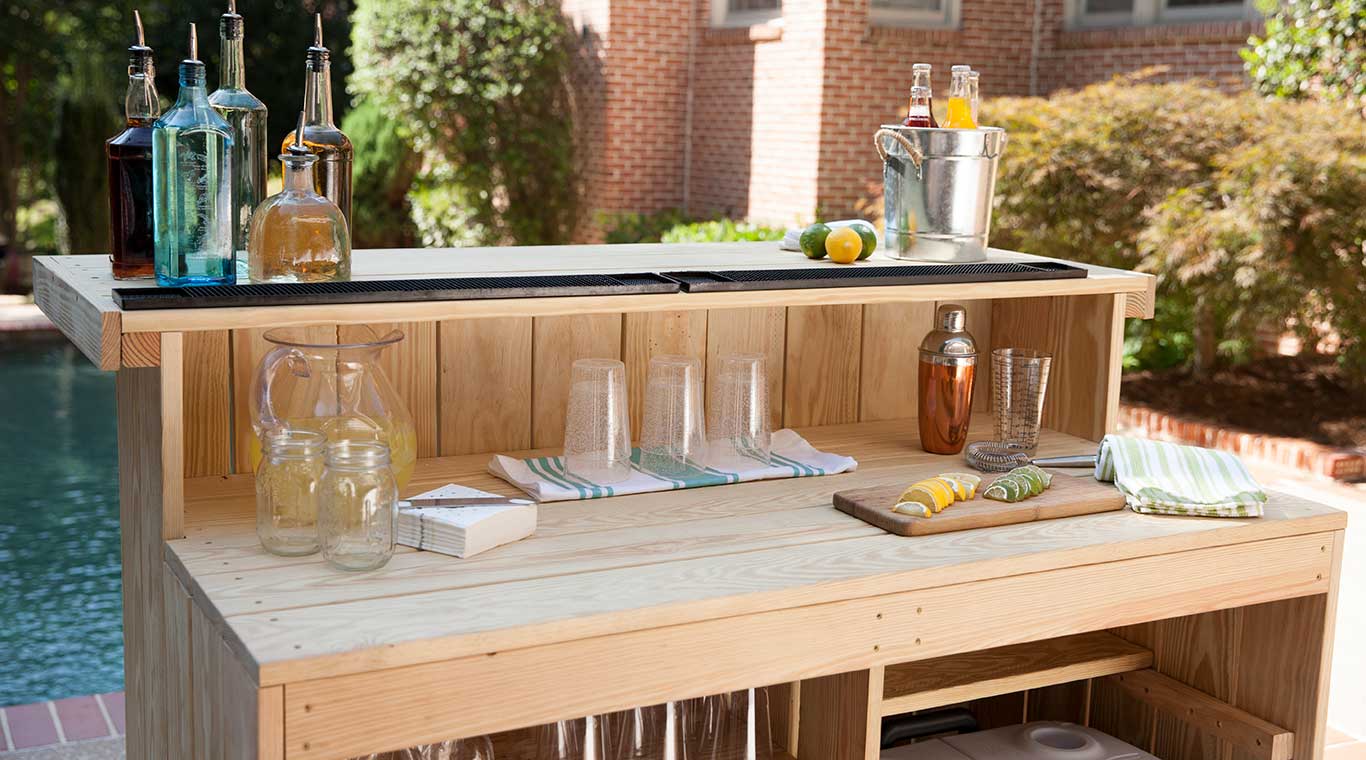
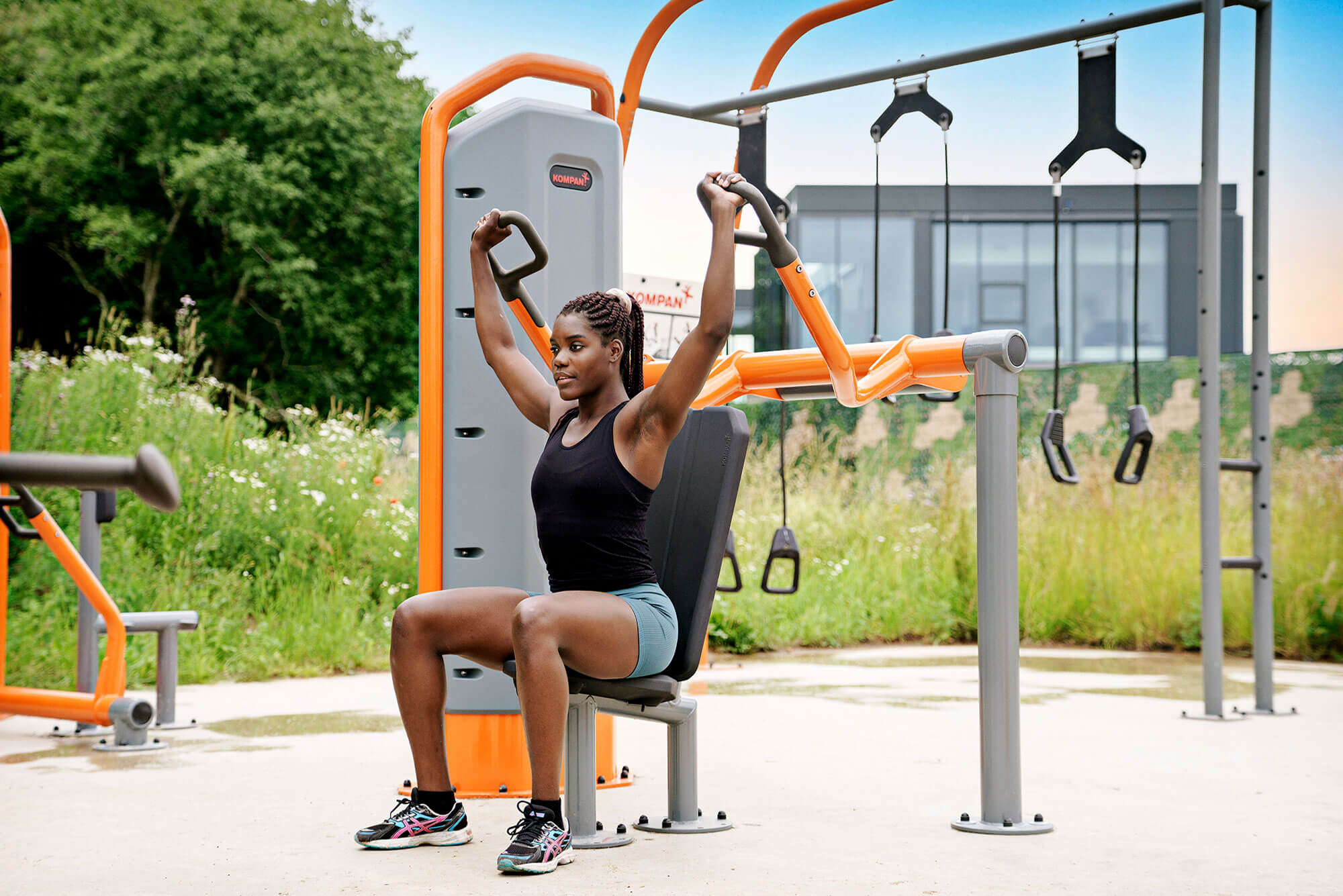
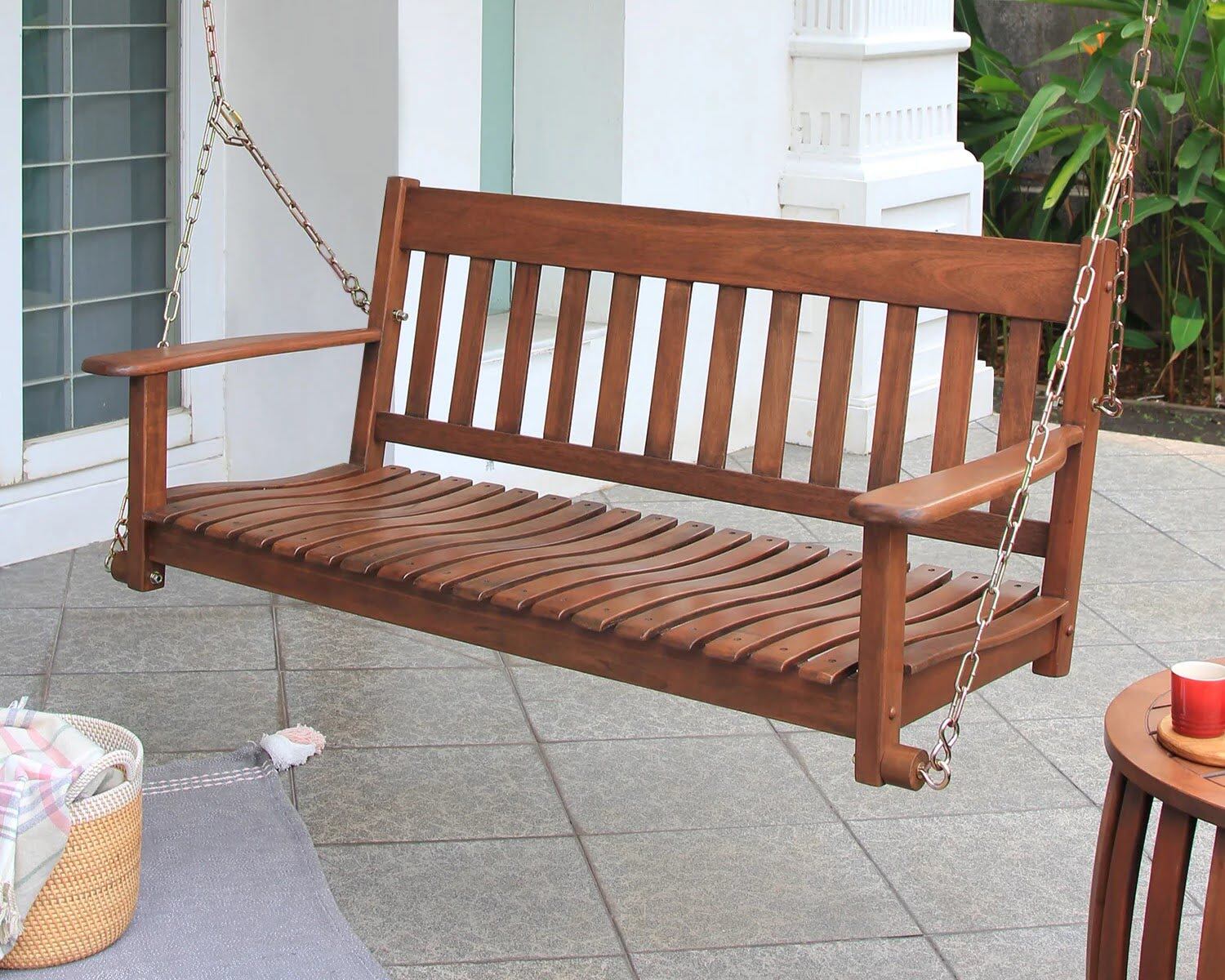

0 thoughts on “How To Build An Outdoor Bathroom”